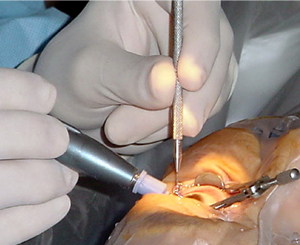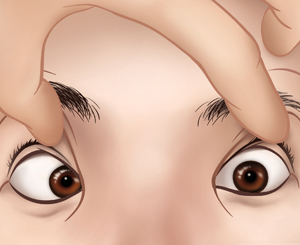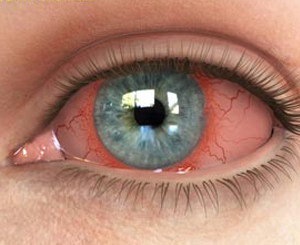LASIK
What do you mean by LASIK?
LASIK is one of most common types of surgical techniques which are adopted for vision correction and for reshaping the cornea, i.e., the front clear portion of eye. By reshaping of cornea, light which travels through it gets focused on retina at back of eye. The full form of LASIK is Laser Assisted In-situ Keratomileusis. It is a surgical process by which refractive errors such as myopia, hyperopia as well as astigmatic errors are corrected. This technique dates back to around seventeenth century which has eventually evolved over the years and is one of most popular vision corrective methods at present.
How old is LASIK procedure?
LASIK surgical procedure was first of all introduced in 1989, and this year till date this procedure has been successfully carried out in numerous cases with maximum positive outcomes. This procedure is indeed one of most common types of eye surgical techniques adopted across the globe. It also falls under the category of most common types of eye cosmetic surgeries.
What do you mean by blade-free and blade LASIK?
Two different types of procedures are basically adopted for raising and reshaping of cornea.
In blade LASIK procedure, a specialized automatic blade called as microkeratome is used for raising a thin corneal flap. In blade-free LASIK procedure, interlase laser beam called as fenatosecond laser is used for creating the flap. It is to be noted that the flap created by blade-free LASIK is comparatively thinner than blade LASIK procedure.
What do you mean by customized LASIK procedure?
In customized LASIK procedure, not only the power of your glasses is treated, but also helps in treatment of high-order abnormalities and errors. After undergoing this customized treatment, patient can achieve a vision which is even better than normal.
What are the tests which are performed for examination of eyes before LASIK surgery?
Before performing this operation, some tests are carried out for examination of eyes including those relating to vision, eye pressure, refraction, fundus examination, etc. followed by some other specialized tests such as aberrometry, AS-OCT, orbscan, etc.
What are the refractive errors which can be corrected by LASIK?
Refractive errors are generally eye problems relating to focusing on retina, which can be corrected by wearing glasses or opting for contact lenses. However, a more permanent solution is to undergo LASIK operation. Following refractive errors can effectively be corrected by LASIK:
· Myopia, i.e. nearsightedness or short-sightedness of eye.
· Hyperopia, i.e., farsightedness or long-sightedness of eye.
· Astigmatism, i.e. an optical error due to some irregular growth in lens or cornea.
Discuss myopia in brief.
Myopia is one of most common vision problems affecting a vast section of total populace. People suffering from myopia can easily see objects placed at a short distance, but experience difficulty in seeing distant objects. This problem basically results from an abnormally long eyeball and due to this increased length, light coming from objects placed at a distance is focused at a point before reaching retina. Beyond this focal point, light gets diverged and as such a blurred image is created on retina. Nearsighted people wear spectacles or lenses with minus power to get a clear vision.
Discuss hyperopia in brief.
Hyperopia is another common eye problem in which a person is able to see distant objects clearly, but experiences difficulty in seeing nearby objects. This error results from an abnormally short eyeball and due to this reduced length, light coming from objects are focused at a point beyond retina and as such vision becomes blurred. Farsighted people wear spectacles or lenses with plus power to get a clear vision.
Discuss astigmatism in brief.
Astigmatism is a refractive error in which eye is unable to focus clear images from a distance. This defect results from an uneven or irregular curvature of cornea. In this refractive error, eye ball is egg-shaped instead of spherical. This defect is generally found in people already suffering from myopia or hyperopia. People with this visual problem use cylindrical correction in glasses for improving vision.









